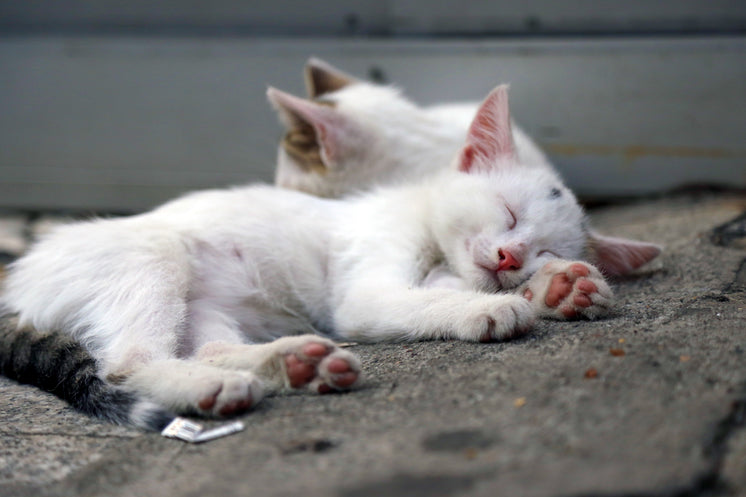Handling Wetness Control in Cat Litter

Cat litter and litter boxes play a pivotal role in the lives of both felines and their owners. From the modest starts of sand and soil to the innovative developments these days, the world of cat litter has actually progressed substantially. In this comprehensive guide, we explore every aspect of cat litter and litter boxes, exploring their history, types, benefits, difficulties, and everything in between.
The history of cat litter dates back centuries, with ancient civilizations using sand, soil, and even ashes as primitive litter materials. However, it wasn't up until the mid-20th century that contemporary cat litter as we understand it emerged. In 1947, Edward Lowe presented the world's very first industrial cat litter made from absorbent clay, changing the method felines relieved themselves inside. Since then, cat litter has actually gone through many improvements, with the intro of clumping litter, silica gel litter, eco-friendly alternatives, and more.
Today, feline owners are spoiled for choice when it comes to selecting the right litter for their feline buddies. Standard clay litter stays popular for its cost and effectiveness in absorbing odors. Clumping litter, which forms strong clumps when wet, streamlines cleaning and maintenance. Silica gel litter, made up of extremely absorbent silica crystals, provides superior odor control and durability. Eco-friendly choices, such as recycled paper, wood pellets, corn, and wheat, attract environmentally conscious customers.
Each type of cat litter offers special benefits. Clay litter masters its capability to take in moisture and control odors, making it a dependable option for lots of cat owners. Clumping litter simplifies day-to-day scooping and extends the time in between complete litter modifications. Silica gel litter supplies remarkable odor control and can cat litter mat last longer in between replacements. Naturally degradable litters offer a sustainable option that lessens environmental effect.
While cat litter improves indoor feline hygiene, it is not without its obstacles. Dust from clay litter can present respiratory threats for both cats and humans, triggering the popularity of dust-free options. Some cats might develop litter box hostility due to problems with texture, aroma, or tidiness, necessitating experimentation with various litters and box setups. Multi-cat homes might need strategic litter box positioning and frequent upkeep to avoid territorial disputes and make sure all cats have access to clean centers.
Choosing the proper litter box is vital Modern Litter Boxes for promoting positive litter box practices and overall feline well-being. Elements to consider consist of size, accessibility, and style choices. Covered litter boxes provide privacy and aid consist of odors, however some cats cat litter box self cleaning might discover them confining or frightening. Open-top litter boxes offer easy gain access to and presence but may lead to more litter scatter. Automatic self-cleaning litter boxes streamline maintenance however require routine monitoring and maintenance.
Proper litter box maintenance is vital for ensuring a clean and welcoming environment for both cats and their owners. Daily scooping eliminates waste without delay, reducing smell and discouraging litter box aversion. Routine litter replacement, normally every 1-2 weeks, prevents bacterial accumulation and keeps optimal absorbency. Extensive cleaning with mild detergent and water, avoiding severe chemicals that might deter cats from utilizing the box, ought to be carried out monthly.
Cat litter and litter boxes play a main role in promoting a healthy and unified relationship between cats and their human companions. With a diverse array of litter choices and litter box styles available, cat owners have the versatility to customize their choices to fit their felines' choices and home needs. By comprehending the advancement, types, benefits, and difficulties of cat litter and litter boxes, animal owners can offer their feline good friends with a comfy and hygienic indoor environment.